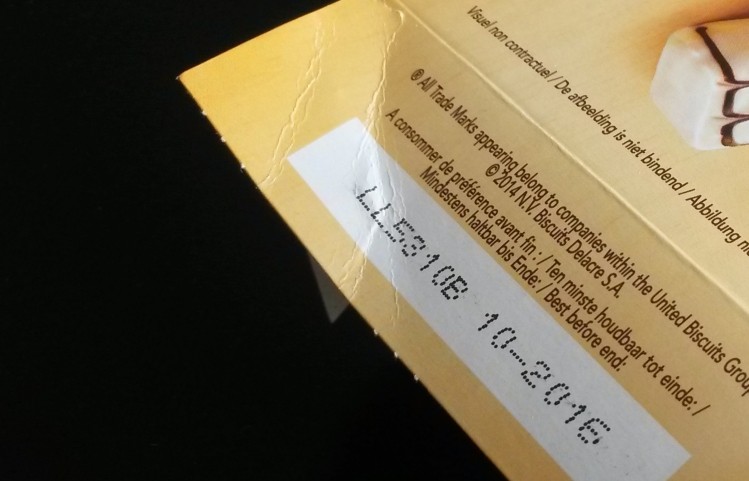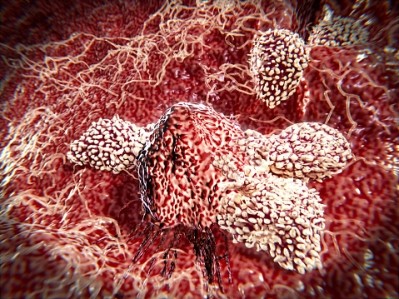Cell Therapy Manufacturing & Gene Therapy Congress - Brussels, Belgium
Short shelf-life poses problems for cell therapy makers, Chiesi

It’s almost a year to the day that the European Medicines Agency (EMA) approved Holoclar, a therapy based on autologous stem cells capable of restoring the eyesight of patients with severe cornea damage, marketed by Italian biopharma Chiesi Farmaceutici.
The product became the first medicinal product based on stem cells to be approved in the Western world, and is made by local manufacturer Holostem Advanced Therapies.
Manufacturing & logistics
A biopsy of a patient’s healthy corneal limbus is taken, shipped to Holstem’s facility where cells are extracted and are cultured using a mouse embryonic fibroblast, before being frozen until the patient is ready for surgery.
A secondary cell culture is then necessary, but navigating the logistics of delivering the finished product to the patient became a major difficulty to overcome when upgrading Holoclar’s manufacturing process from a clinical to a commercial level, Chiesi’s Project Leader Diego Ardigo said at the Cell Therapy Manufacturing & Gene Therapy Congress in Brussels earlier this month.
“The product’s shelf-life of 36 hours meant we had to take a decision to either have patients from all over Europe come to our clinical centre, or to have the product shipped within 36 hours to all member states of EU,” he told delegates.
Chiesi chose the latter, as a more practical solution for the patient, but Ardigo said there were still a number of mitigations to put together to ensure safe – and timely – delivery of the therapy into the patient’s eye.
Time-sensitivity
The patient’s biopsy has to be thawed and delivered to Holstem’s facility within 24 hours, he said, and the manufacturing process cannot be stopped once it begins.
“The secondary cell culture has an operation length of five to nine days. Some patients’ cells grow in a fast way, others grow slowly, but as soon as the product is ready we have 36 hours to put it in the eye of the patient.”
As such, the firm needs to ensure the patient, the surgeon and the surgical room are all available within a four day window before the secondary manufacturing can begin. Furthermore, the packaging used for shipping has to be factored in, as Holoclar needs to be sent at room temperature without fluctuations, but Ardigo said Chiesi/Holostem cannot proactively set the temperature within the box itself.
“You cannot underestimate the complexity [of the logistics] when it comes to manufacturing a cell therapy product in a commercial way. This is a crucial point for all those in manufacturing of such products.”
Sort it out early
In a preceding session at the Congress, GSK’s Chief Scientific Officer for rare diseases, Jonathan Appleby, had spoken about his firm’s autologous gene therapy GSK2696273 currently in development.
“We still have a problem with its short shelf life but we are looking to fix this,” he said. “My advice to you would be to try and fix that early [to avoid] comparability issues later on.”













